Nature Book Week 2023
Bring our all-ages celebration of books and the natural world into your library, school, bookstore or home this year!
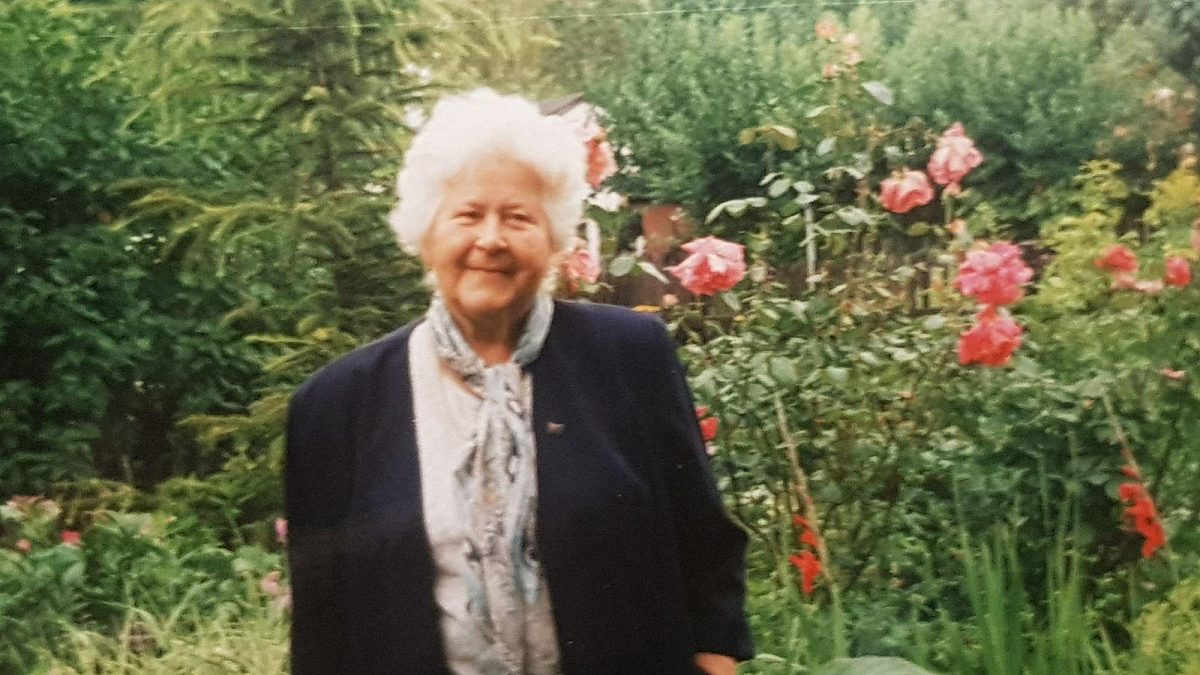
Caroline Magerl reflects on the books and people that inspired her love of nature as a child, and how this early influence shaped her life and career
Words by Caroline Magerl—author, illustrator and artist—for the Wilderness Society’s Nature Book Week.
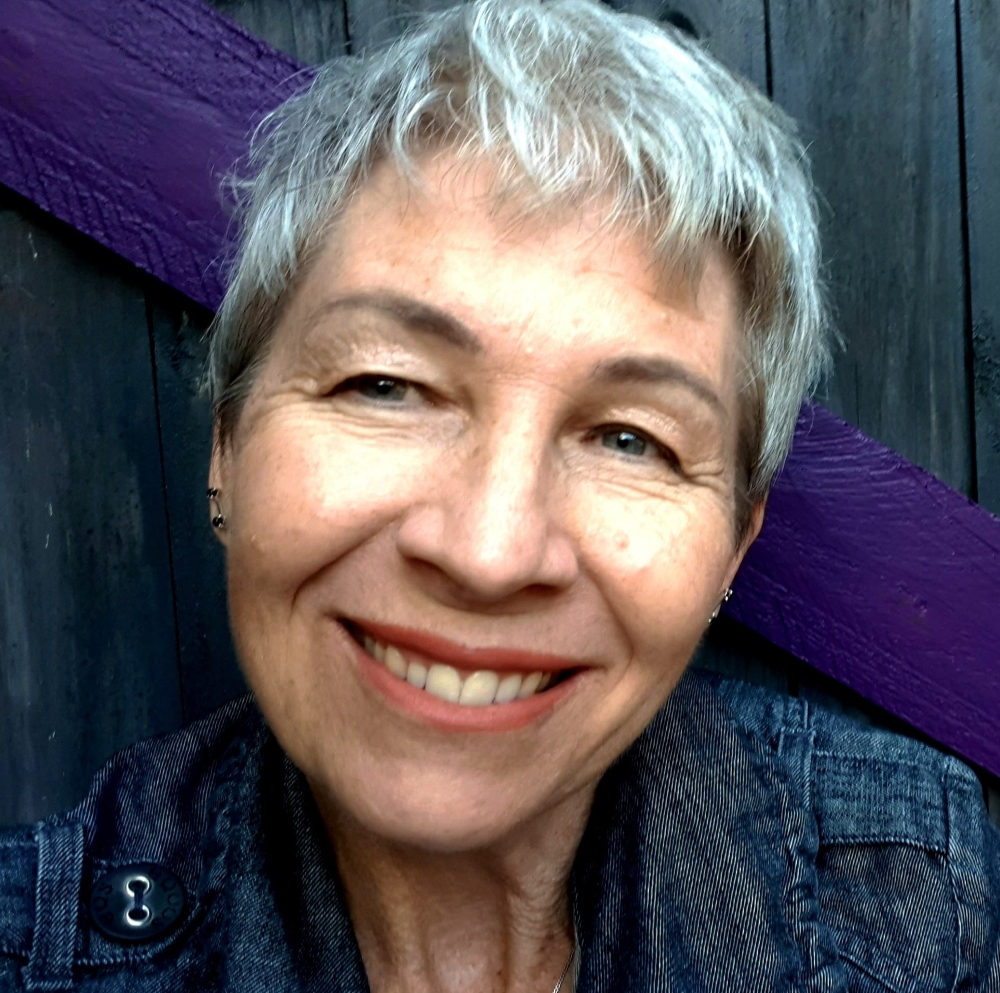
The picture books my grandmother sent me from behind the Iron Curtain had a huge impact on me as a child. When my family and I were newly arrived in Australia, my only contact with Omi, who I would not physically meet until I was in my twenties, was through the parcels she sent us from East Germany.
The picture books she sent were redolent of nature, illustrated by Russian and East German illustrators, and I fell head over heels in love with the world depicted on the pages.
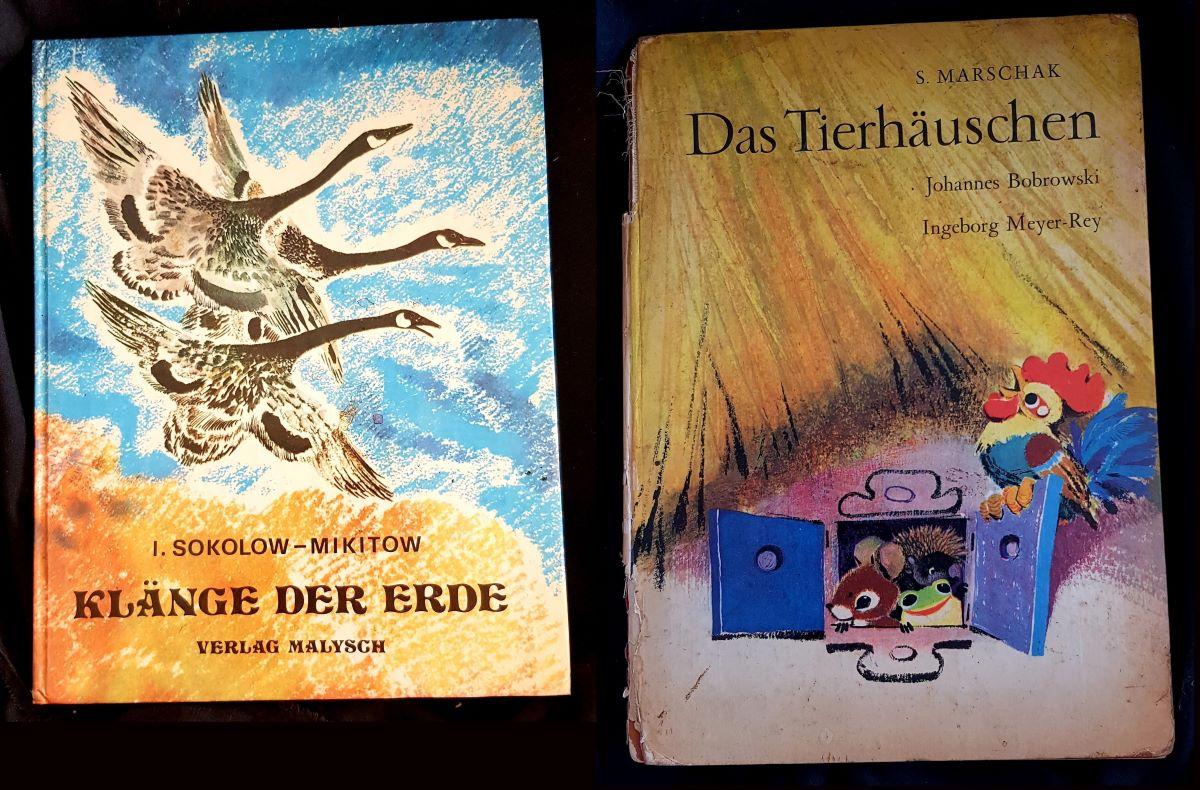
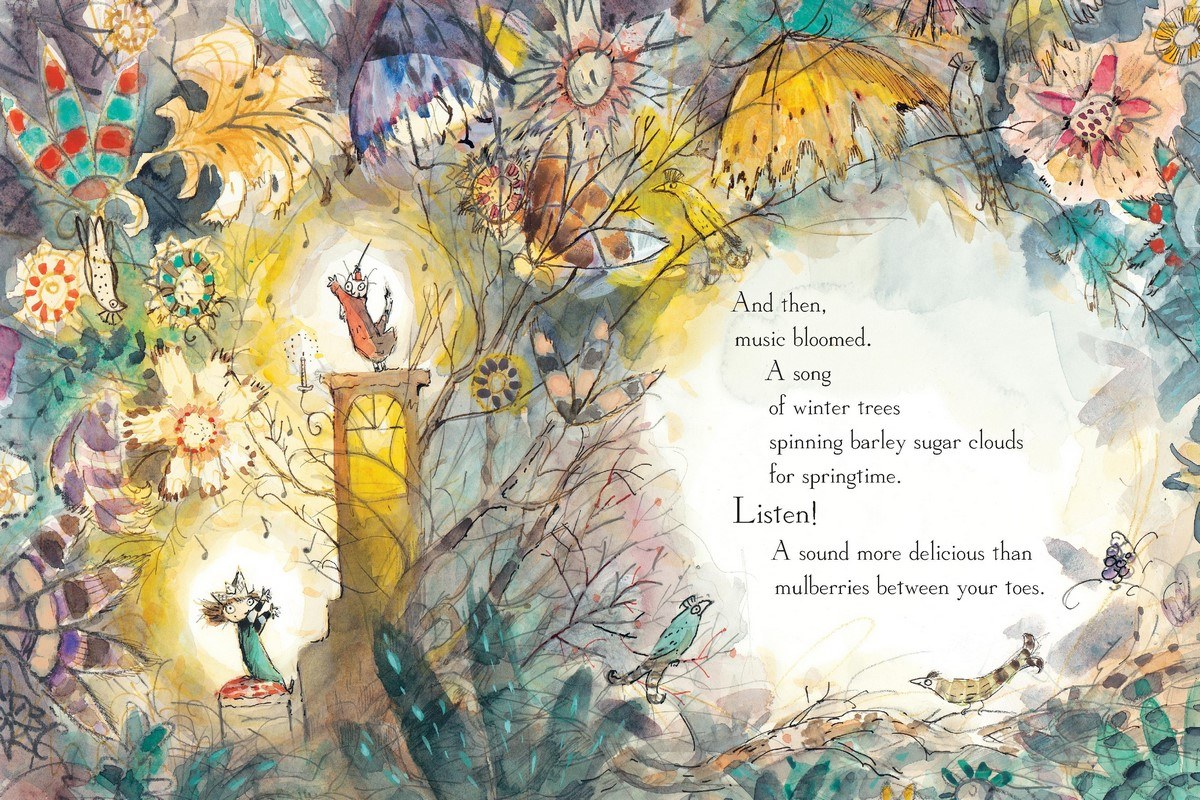
Not only was I inspired to look at nature with a sense of immersion, relatedness and excitement that I could explain my feelings about the experience of nature via drawing, I also made some assumptions about my faraway Omi.
Without meaning to, I assumed from the five picture books she sent me that she was a lover of nature. Somehow, these books depicted her. Omi was intrinsically associated with nature, and the picture books she sent me.
The letters she wrote us were signed off with a drawing of a yew sprig, in neat blue biro. That sealed it for me. Omi was an inhabitant of these books, in my five-year-old mind.
A year after the fall of the Berlin Wall, I landed in Frankfurt and took the train across the former border between East and West Germany.
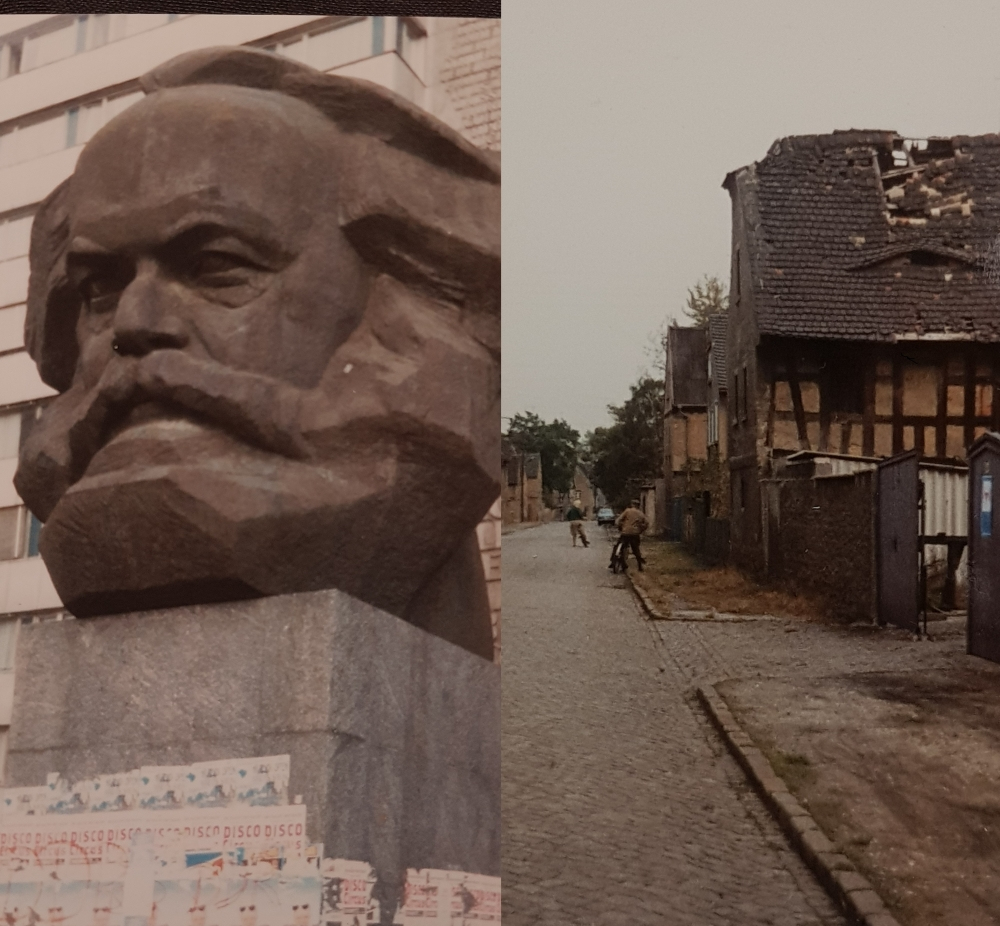
The transition was immediately apparent: the well-cared-for and colourful houses abruptly ceased as the train passed by the watchtowers which still marked the boundary. The landscape, the houses and townships were sepia, and the sense of entering a time capsule was surreal.
By dusk, I had arrived in Deutzen—a small brown coal mining town. A local man kindly took me to Barbara Strasse, a street lined with miner’s houses. He illuminated the numbers with his cigarette lighter until we came to number five, and then he went on his way.
The door opened, and there stood Anna. A cloud of white hair, sensible shoes, wildly clashing floral print housecoat, and arms like a wrestler. We had a long overdue hug.
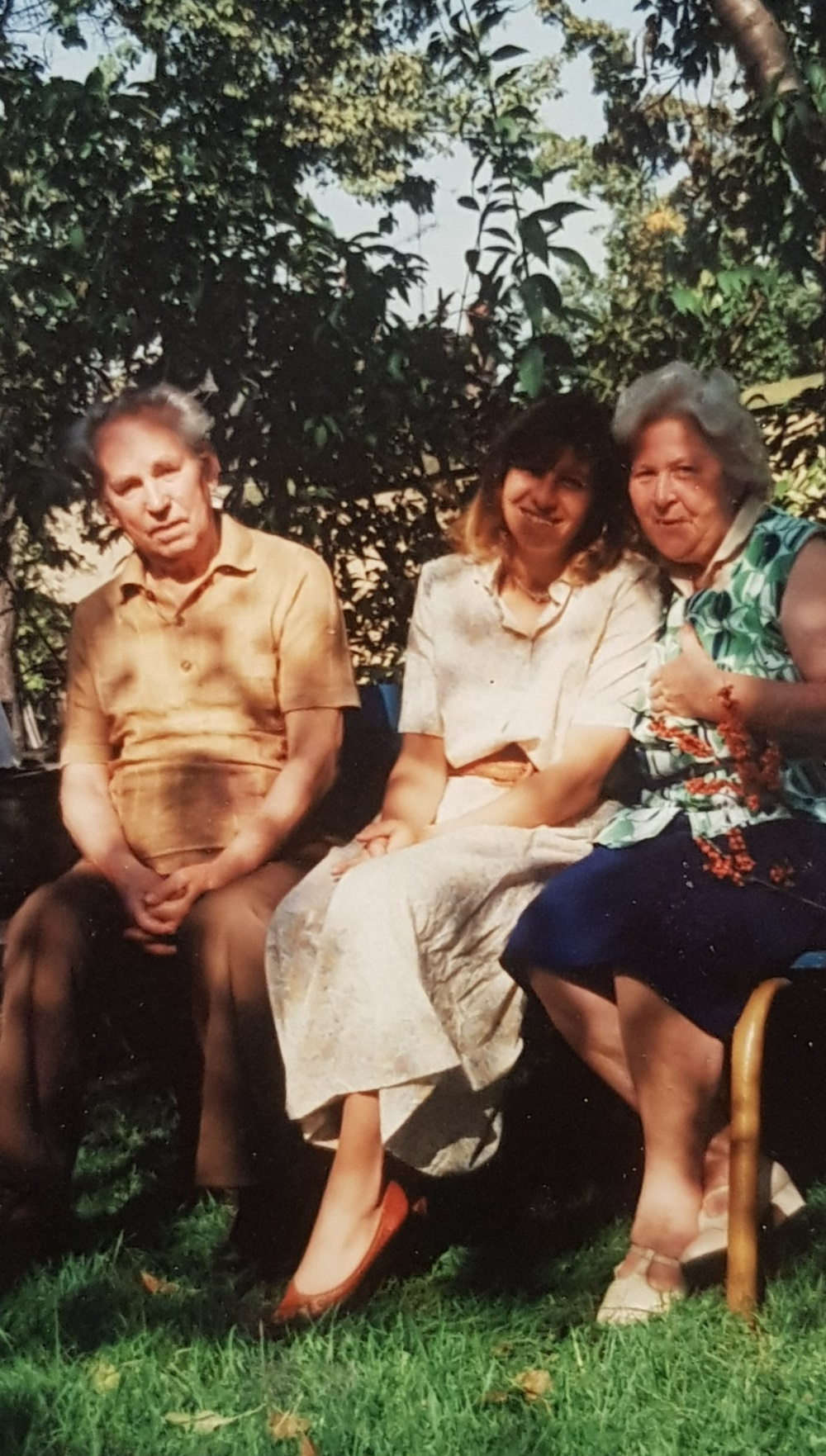
The six weeks which followed were a sobering experience. I learned what my grandmother’s life had been like, and it became plain that she was struggling. What she called melancholia was, in modern parlance, depression. She had been separated from her family by the wall, and never again saw her parents—they had died in West Germany. My father (her son) had fled Deutzen at 17, and escaped to the west days before the final sealing of the wall. He did not return for 30 years, shortly before I made my journey to see her. Much has been written about the social impacts on people by the regime of that era, and Omi told me stories of those effects on the family and people she knew. The picture book world and the picture book grandmother of my childhood were in danger of being another casualty in the world my grandmother was showing me, the reality of life in the DDR.
My spirits were sunken, I admit. Toward the end of my stay, something unforgettable occurred and a tattered figure of my past won through: my nature grandmother, my Frau Holle.
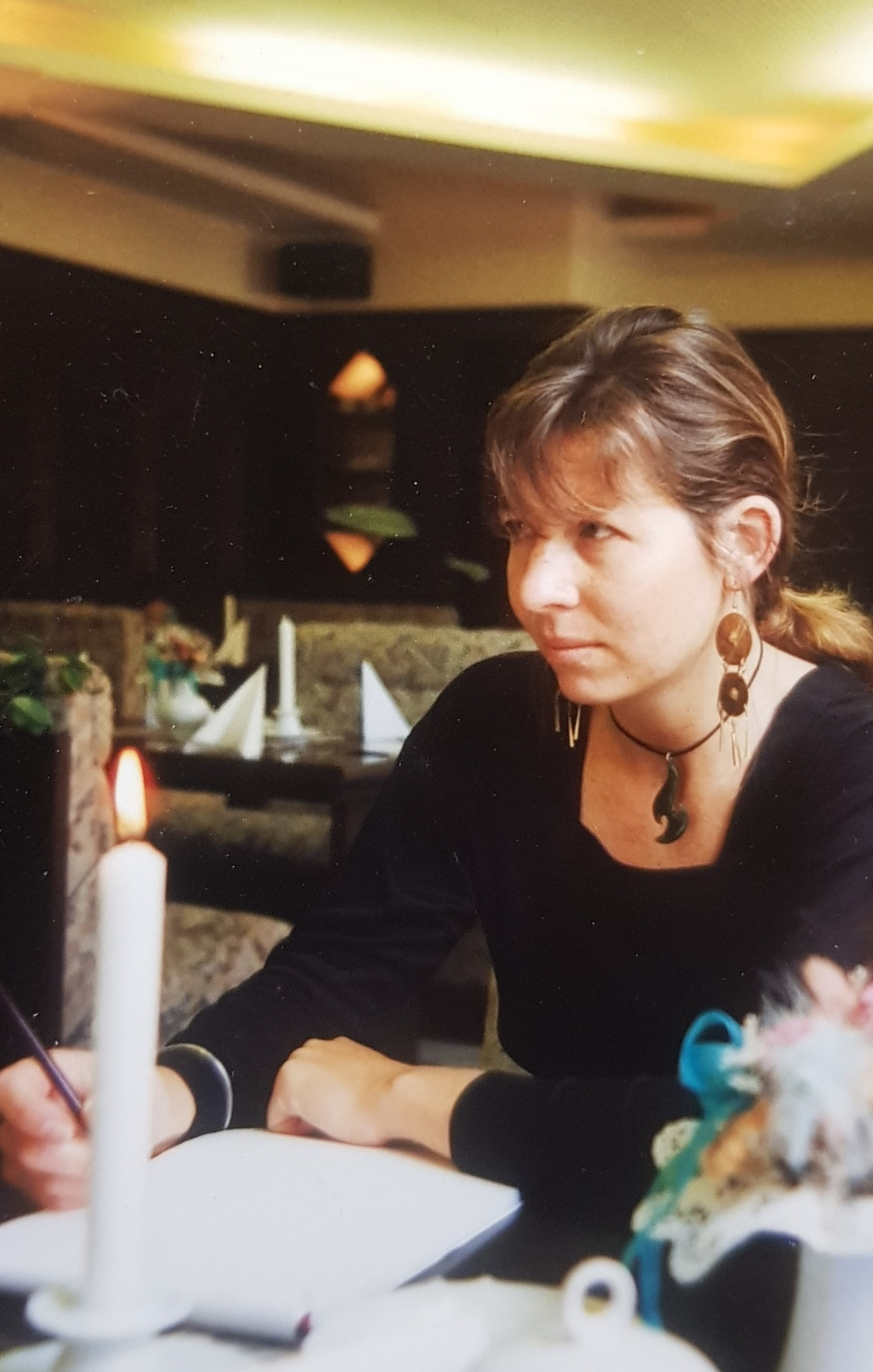
Omi, like many people of the region, was a strict Catholic. She was also a passionate gardener. It happened that on the Sunday before I was to leave, a heavy frost was forecast. She had dug up her bulbs, and left them to dry under the open sky. The frost would kill them if the bulbs were not brought in and I could see her agitation. She could not be seen to go to the garden on the Lord’s day, even to retrieve a basket of bulbs. This spelled doom for her spring flowers.
I could see the thought as it glimmered in her eyes, she hardly had to say it. My soul was a lost cause. I would go to the garden.
So, past the twitching curtains of Barbara Strasse I strolled, down to the allotment. The bulbs duly stowed, I walked back not entirely sure why I was so happy.
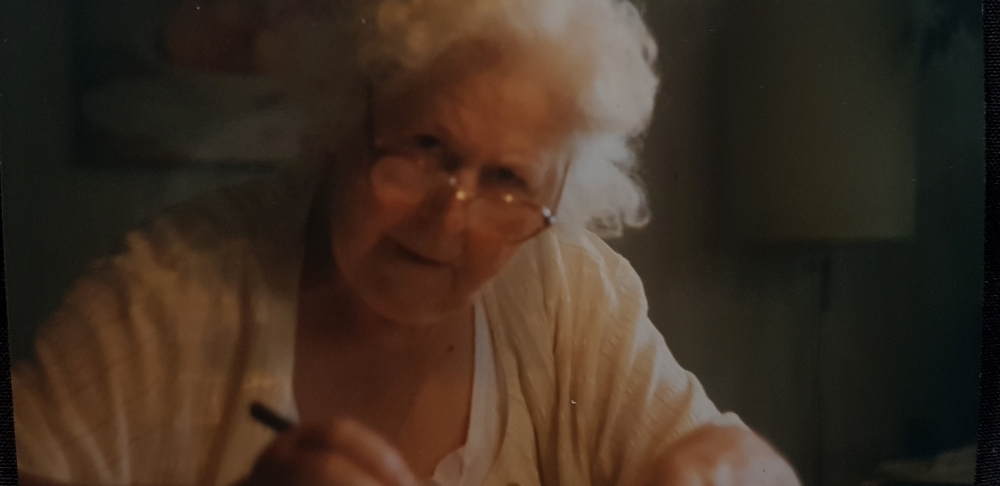
"The picture books Omi sent me as a child not only gave me a feeling for nature, they gave me a feeling for art. A feeling for how people respond to nature, and that is among the most beautiful things in our world. Architecture, photography, writing, art, dance and crafts, all the ways in which people express a relationship to nature, enrich us all immensely, and ensoul our world."
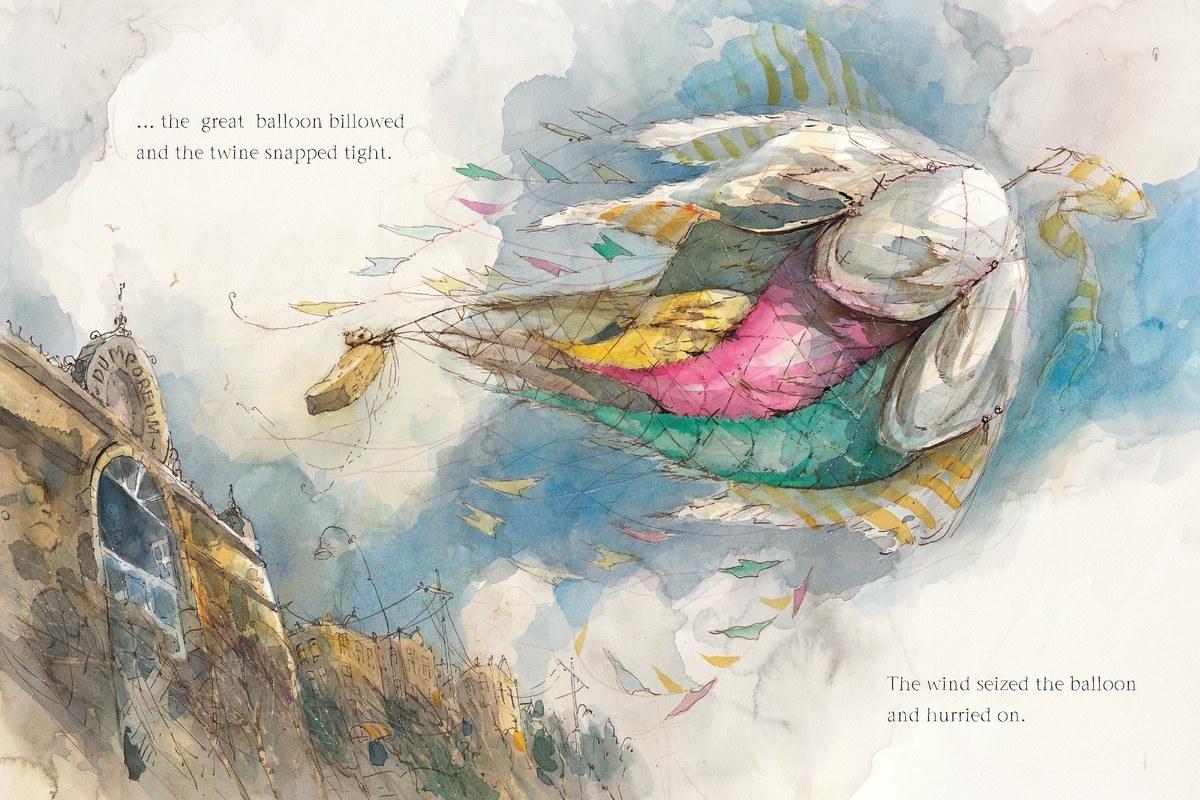
My grandmother had endured a very difficult life, I had come to see. But she had a sense of joy in nature. That sensibility built her garden, and informed the choice of books she sent to her granddaughter on the other side of the world. Books which depicted a love for the natural world. It still astounds me how thoroughly those five picture books communicated the experience of nature to me, through illustration.
I have reflected a great deal about that first meeting with my grandmother Anna. It was not an easy trip, and it was hard to see her crying as my train pulled away. Come spring, Omi would plant those bulbs out. I hope her garden was infamously lush that year, and worth one fairly shabby soul. A fair trade, because she gave me a great gift: a love of art and the natural world.

It’s a gift. Observation and interpretation of nature has been a daily practice for years. I have some 70 diaries which I began in my 30s, in which I make notes and sketches on anything from clouds to weeds.
This observation is constant fuel for my work, and when the time comes to illustrate a story, I find what I need in my notes and drawings.
As an example: colour is a vital language, and its emotional impact can be read readily without a moment’s thought. In movie making, setting the palette of the movie is a vital step in communicating all that we understand viscerally. Just like the film score, we are not always aware of it at the time we are watching, but it moves us nonetheless.
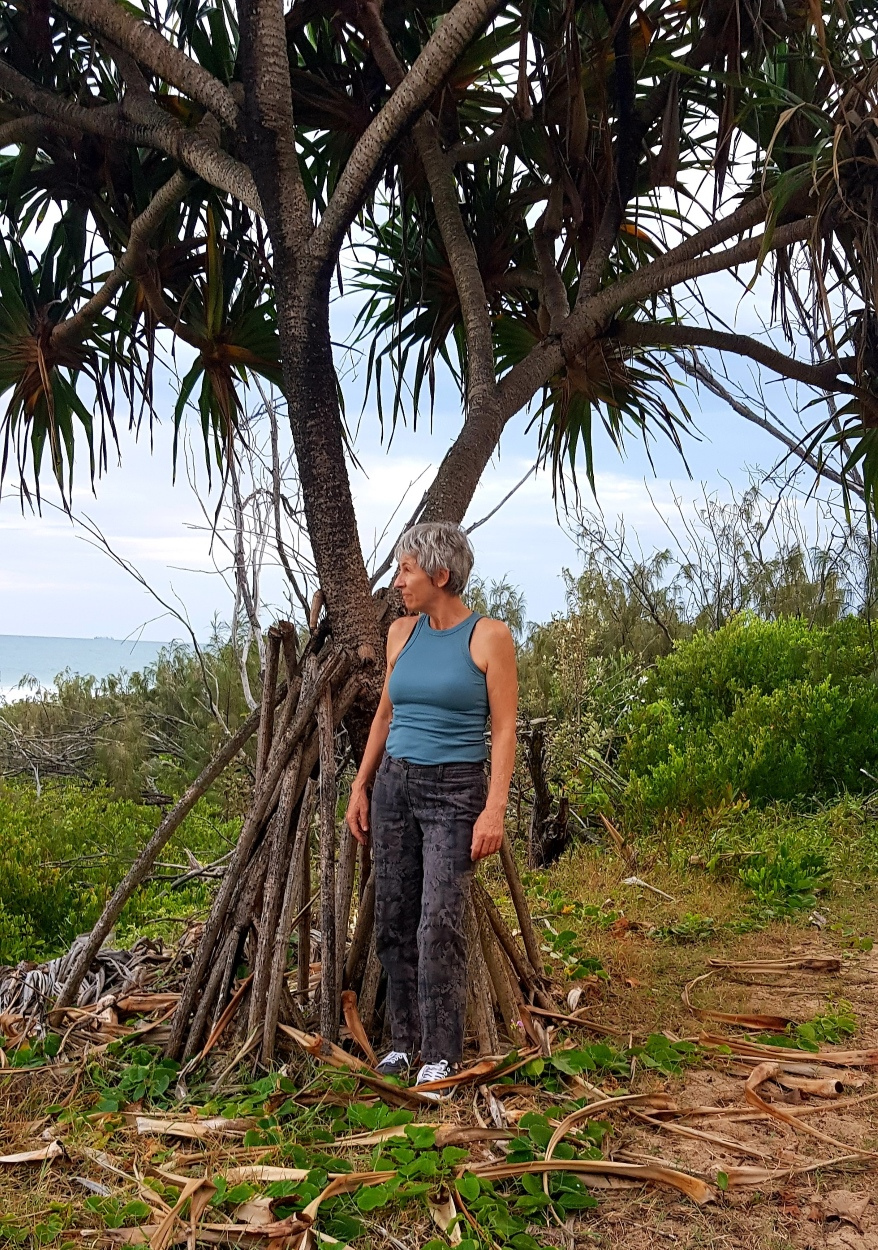
This puts us squarely in the realm where picture books can do lasting good, in the realm of childhood, and the perceptions and attitudes formed there.
"My experience of early exposure to the unique artform of picture books has convinced me of the subtle and long impact that we receive in engaging with them, and the same can be said of engaging with nature. Both are ultimately encouraging of our humanity."
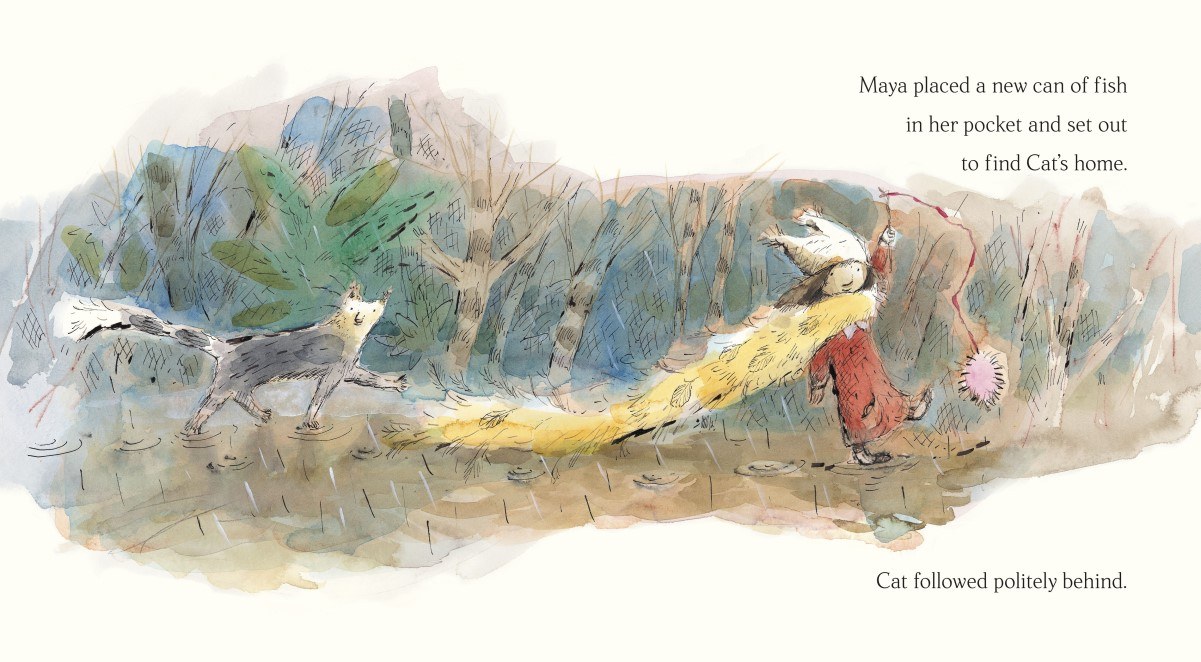
Thanks to Caroline Magerl for sharing her insights, memories and photographs, and for her ongoing support of Nature Book Week.
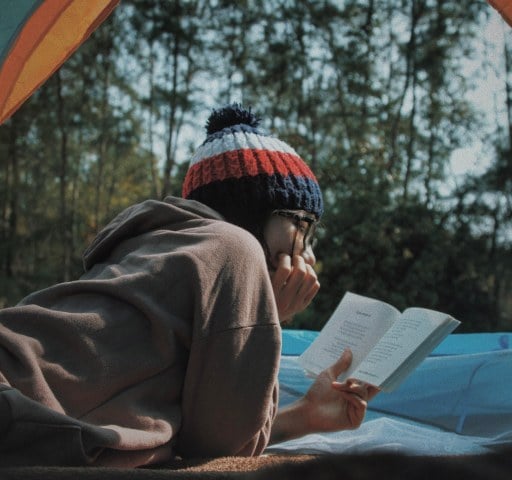
Bring our all-ages celebration of books and the natural world into your library, school, bookstore or home this year!